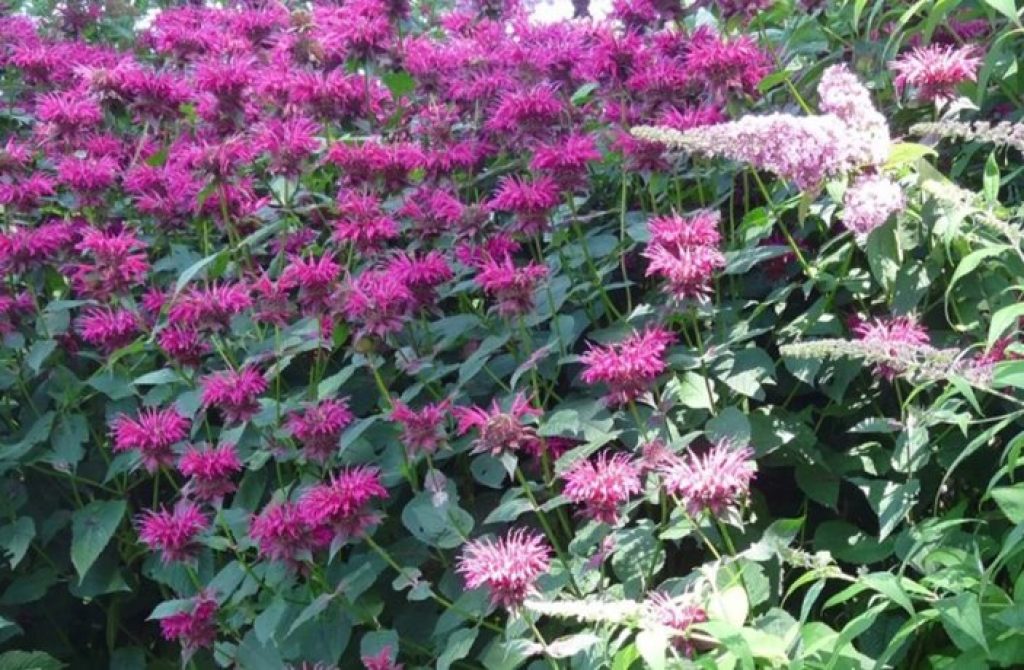Bee balm, oswego tea, or horsemint are common names given to the various flowering plant species in the genus Monarda under the familyLamiaceae (the deadnettle, mint, or sage family). It shares the same family with famous herbs such as sage, rosemary, basil, oregano, thyme, hyssop, lavender, marjoram, and savory.
Some of the species of bee balms include M. didyma, M. fistulosa, M. citriodora, and M. pectinata. On the other hand, common cultivars are Beauty of Cobham, Gardenview scarlet, Squaw, Marshall’s Delight, Violet Queen, and Talud.

People cultivate bee balms for two main reasons:
- For ornamental purposes, since the different species, varieties and cultivars have pink, red, violet, light purple, or white flowers are perfect for summers and early fall, including as cut flowers.
- To attract pollinators, like insects and hummingbirds or those that control other garden pests.
If you have these flowers for any of the reasons, it is good to know if wild rabbits, cottontails, hares, or your domestic bunnies will eat or damage your bee balms or not. Otherwise, you may need to fence around them.
Luckily rabbits don’t eat bee balms. It is one of the plants they don’t like, i.e., rabbits will avoid the Monarda species because they have a spicy, bitter taste and a fragrance that will remind you of the bergamot orange. Bunnies don’t like strong scented or flavored plants, a reason why they will avoid most of the other herbs in the mint family.
However, we cannot assure you that your rabbits will completely ignore bee plants. They may nibble the leaves, young stems, or flowers because they are hungry and have no other food.
More about bee balms
Did you know that Native Americans used bee balm in poultices for minor wounds and skin infections and treated bronchial and stomach ailments as a carminative herb (treat flatulence)?
Also, they drunk bee balm herbal tea (tisane) to help deal with throat and mouth infection due to gingivitis and dental caries and an infusion of crushed and boiled horsemint for fever and headache. Bee balm has thymol, a reason you will see them in some modern mouthwashes.
Furthermore, Its taste reminiscent of a mixture of oregano, spearmint, and peppermint but bitter, made it value in a seasoning game, especially birds.
Finally, larvae of genus Coleophora such as C. monardae feed on the plant. On the other hand, species like C. heinrichella and C. monardella are species-specific as they will only eat M. fistulosa.
